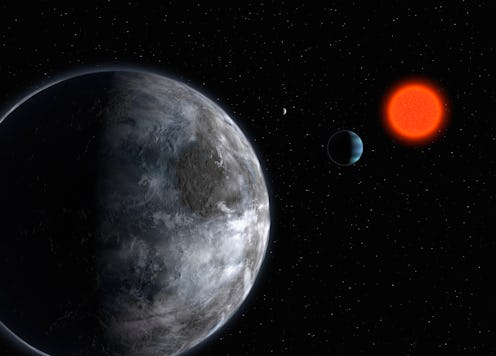News
Say Hello To Earth's 715 New Neighbors
Earthlings, put on a winning smile and prepare your favorite casserole, because we're having company. The neighborhood just got a lot more crowded, because NASA has located 715 new planets. The discovery nearly doubled the amount of known planets, bringing the new total to about 1,700 in various solar systems. And scientists say that four of the new planets are "habitable zones," which are favorable to form water on their surfaces and potentially host life. Whoa. Hope you're ready for a new flood of alien conspiracy theories.
NASA's Kepler telescope, which has tracked the skies since 2009, found the planets strewn across 305 planetary systems. Most of the planets are smaller than Neptune (R.I.P. Pluto, never forget), but they tend to cluster tightly around a star, unlike Earth's solar system. The Kepler space observatory is the first effort to target planets that are most similar to Earth. Instead of sweeping the entire galaxy, researchers singled out stars that they thought were most likely to host close orbiting planets.
Moreover, the telescope probably picked up more planets (and aliens?) on its radar, because the most recent study only evaluated the first two years of data from Kepler. This is much more exciting than that dinky asteroid the size of three football fields that whizzed past Earth's surface last week. Solar-system buffs should expect the findings to be released in March in the publication Astrophysical Journal.
“Although we’ve gotten the big numbers this time, when we have a full four years of Kepler data, that will have more planets in the habitable zone,” NASA planetary scientist Jack Lissauer says.
As with any new neighbor, don't expect to get too chummy. We predict that we'll be cordial but not too pushy, probably never getting to know any of them closely. Simply settle with a smile and a head nod when you get out of the elevator, Earthlings. And don't — for any reason — let them borrow a cookbook:
